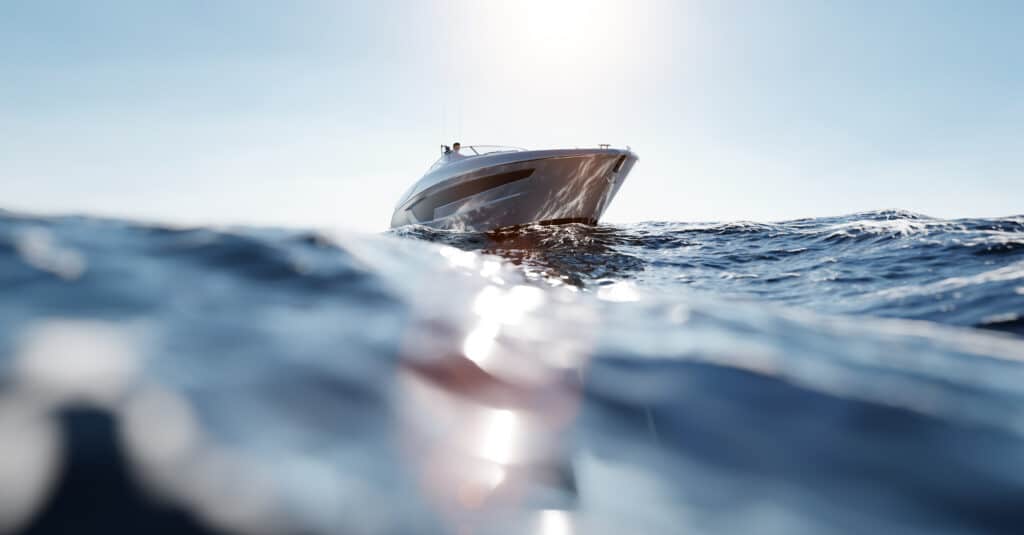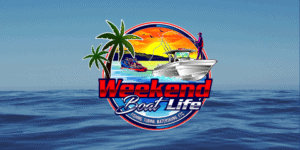This post contains affiliate links.
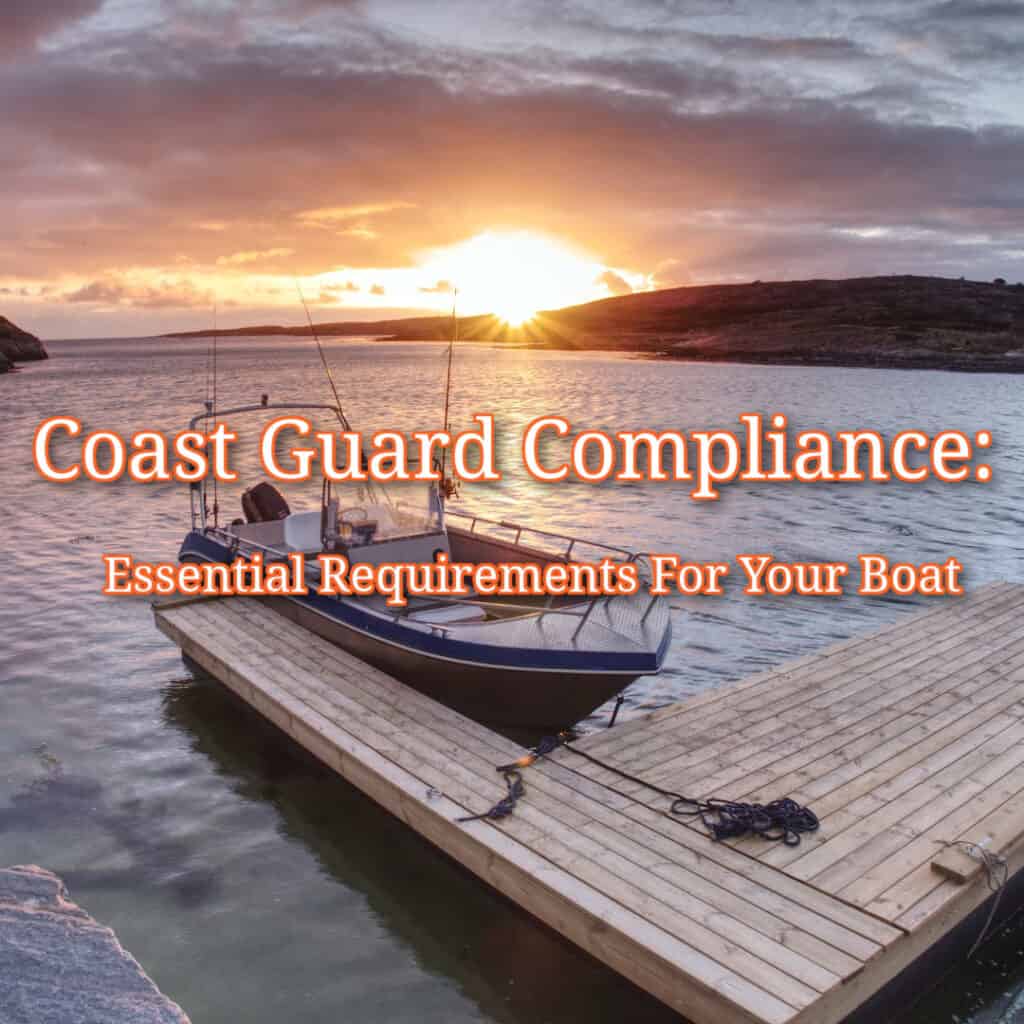
Ensuring your boat is equipped with all required safety gear as mandated by the U.S. Coast Guard is not only a legal necessity but a critical component of responsible boat ownership. The Coast Guard has established a series of minimum requirements for recreational boats, which vary depending on the size and type of your vessel. These guidelines are designed to increase your safety on the water, minimizing risks for all occupants on board. Before you head out onto the water, it’s imperative to understand and comply with these Coast Guard boat requirements however, what are the items required?
According to the Costa Guard, the following items are required for recreational boats: Personal Flotation Devices(PFDs), Fire Extinguisher, Sound Producing Devices, Visual Distress Signals, ventilation, and Fuel Systems. In addition, there is other equipment needed for a safe voyage on the water.
Knowledge of the Coast Guard’s expectations is indispensable, but it’s also your responsibility to keep this equipment in working order. Regular checks and maintenance are necessary, as is a solid understanding of how to use each safety item appropriately. The Coast Guard’s equipment list may be regarded as a minimum standard, but your commitment to safety and readiness can make all the difference when facing an unexpected situation on the water. Keep reading below as we discuss in further detail all the items required by the Coast Guard.
Coast Guard Required Safety Equipment
When venturing out on the water, your safety depends greatly on having the right equipment on board. Following the U.S. Coast Guard’s minimum regulations for recreational boats ensures you are prepared for emergencies and compliant with federal laws.
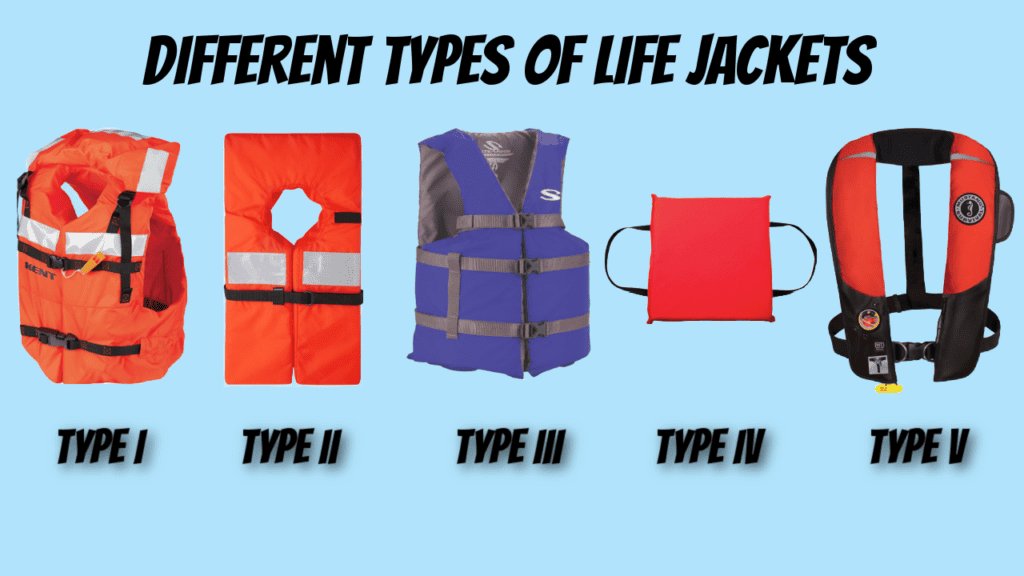
Personal Flotation Devices
Personal Flotation Devices (PFDs) are a mandatory component of your boat’s safety equipment. You must have at least one USCG-approved life jacket for each person aboard. You need to ensure that all your passengers understand the location of their personal life jackets on the boat at all times. Life jackets should fit properly and be readily accessible. Type I PFDs are designed for open, rough, or remote waters, where rescue could be delayed. This version and Type II PFDs are designed to keep your head above water in the event you are unconscious. Type IV PFDs, or throwable devices, should be onboard for vessels 16 feet or longer to aid a person in the water. I use this throwable device as a seat cushion, this allows for easy access in the event of an emergency.
You Must Have At Least One USCG-Approved Life jacket For Each person Aboard
Fire Safety
Your vessel needs to be equipped with fire extinguishers, which are classified by the type of fire they can extinguish and the size of the extinguisher. For boats under 26 feet, at least one B-1 type USCG-approved fire extinguisher is required. If your boat is between 26 and 40 feet, two B-1 type or a single B-2 type are needed. It’s also your responsibility to ensure the extinguishers are in good working order at all times.
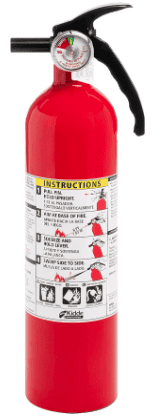
Navigation and Sound Signaling
Adhering to navigation rules is crucial for preventing collisions. Ensure you have onboard a set of navigational lights for your boat type and size, visible from appropriate distances. These navigational lights must be turned on whenever operating the boat outside of daylight hours. For sound signaling, boats less than 39.4 feet (12 meters) in length must carry an efficient sound-producing device like a whistle or horn. Similar to fire extinguishers, you must ensure that your air horns are in operational condition at all times.
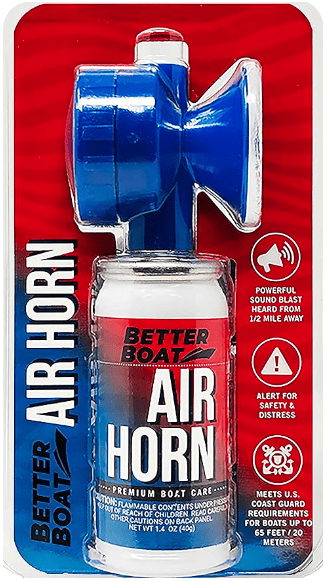
Visual Distress Signals
For boats operating in coastal waters, the Great Lakes, the territorial seas, and waters connected directly to them, visual distress signals are necessary. Vessels 16 feet or longer must carry USCG-approved day and nighttime signals. Flares are the most common, but non-pyrotechnic options like strobe lights are also acceptable.
Ventilation and Fuel Systems
Appropriate ventilation systems are required for boats that have gasoline engines in enclosed compartments such as an inboard motor. If manufactured after 1940, the engine system must include a backfire flame arrestor to prevent the ignition of gasoline vapors. Make sure that your ventilation system and fuel systems are compliant with USCG requirements to avoid accidents and potential fines if you happen to be inspected by the Coast Guard or your state’s game wardens.
Operational Equipment
When heading out to sea and really anywhere on the water, your vessel must be equipped with the required operational tools for communication and visibility. Safety and compliance are paramount, and the following equipment will ensure that your boat meets the necessary Coast Guard regulations for a trouble-free voyage.
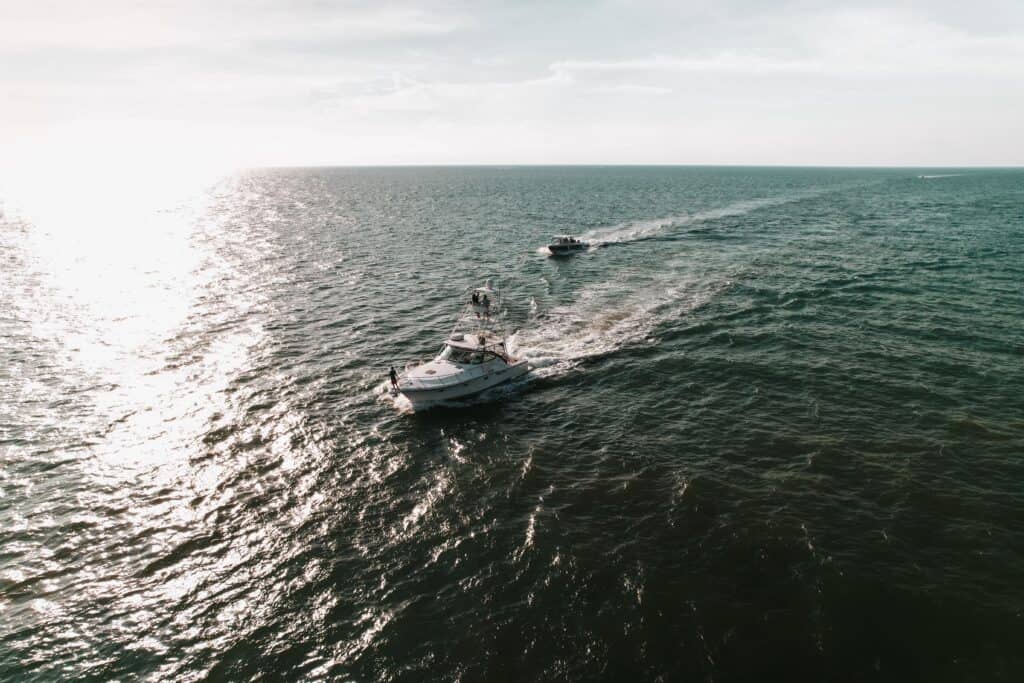
Communication Devices
Your boat must be fitted with at least one form of communication device to ensure you can call for help in case of an emergency. A VHF radio is a vital piece of equipment because of its reliability and the ability to communicate directly with the Coast Guard and other vessels. It’s recommended that you keep a cell phone as a backup communication device, stored in a waterproof container to protect against the elements.

Navigation Lights
Navigation lights are non-negotiable after sunset. Your vessel must display the appropriate lights to indicate its size, class, and angle of approach to other boats. According to Coast Guard requirements, your boat needs to be outfitted with a white all-round light visible from all directions if it’s under 65.6 feet in length. Additionally, your boat must have separate colored lights indicating port (red) and starboard (green) sides, visible over an arc of 112.5 degrees from the bow to just aft of the beam on either side.
Remember, equipping your boat properly with operational equipment like a bilge pump and sound-producing devices is as critical for safety as it is for legal compliance. Make sure your bilge pump is in good working condition to manage any unwanted water ingress. For sound signals, vessels under 65.6 feet must carry an efficient sound-producing device to communicate their presence in foggy conditions or other situations where visibility is compromised. The air horn previously discussed will serve as a proper form of creating sound signals.
Additional Considerations
When preparing your boat, it’s crucial to consider the practical necessities depending on your boat’s characteristics and intended use. The Coast Guard mandates certain equipment for all boats, but you should also take into account the specifics of your vessel and the comfort and safety of everyone on board.
Size, Type, and Propulsion
Your boat’s size, type, and method of propulsion influence the required and recommended equipment. Vessels under 16 feet, for example, have different life jacket requirements than larger boats. For any boat size, it’s imperative to have enough wearable personal flotation devices (PFDs) for all passengers, and children must have PFDs that are appropriate for their size and weight. In addition, boats with enclosed cabins need to have at least one additional fire extinguisher.
If you’re operating a paddle craft or a sailboat, having an extra paddle or oar is a wise practice, even though not explicitly required by the US Coast Guard. Similarly, while not always legally mandated, it is prudent to carry an anchor with a suitable chain or line for your boat’s size and the waters you navigate.
Additional Provisions
Beyond what’s legally required, you should also stock your vessel with supplementary safety and convenience items to enhance your experience on the water. A well-stocked first aid kit can be invaluable for treating any injuries sustained onboard. Protective items such as sunscreen, hats, and sunglasses are essential for sun protection.
Remember, it’s your responsibility to ensure your vessel is not just compliant with the law, but prepared for unforeseen emergencies as well. By considering your boat’s specifics and these additional provisions, you’re taking a significant step toward a safer and more enjoyable boating experience for all passengers aboard and boaters on the water.
